We’ve been a space-faring species for over half a century thanks to Yuri Gagarin, our first cosmic explorer
 Space Exploration
Space Exploration

 Space Exploration
Space Exploration
We’ve been a space-faring species for over half a century thanks to Yuri Gagarin, our first cosmic explorer
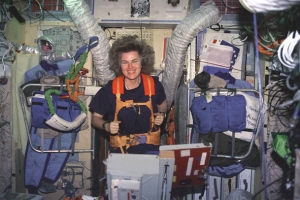 Space Exploration
Space Exploration
The staunch space heroine who blazed a trail for female astronauts
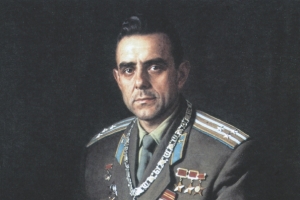 Space Exploration
Space Exploration
Did this Soviet cosmonaut crash back to Earth screaming in rage at his superiors?
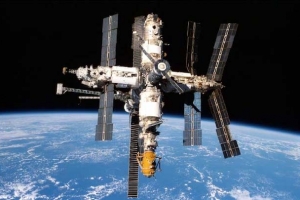 Space Exploration
Space Exploration
De-orbited in 2001, we find out if there are still pieces of the Mir space station in space
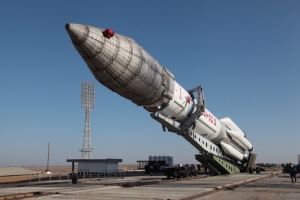 News
News
The Russian rocket prepares for blast off on Monday, carrying ExoMars 2016
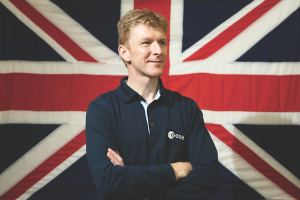 Space Exploration
Space Exploration
All About Space caught up with the ESA astronaut before he made his way to the International Space Station
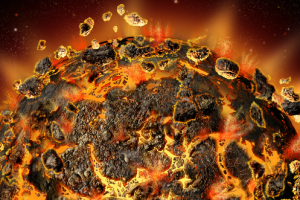 Solar System
Solar System
Do we need the Moon to survive, or could we make do without it? Read on to find out…
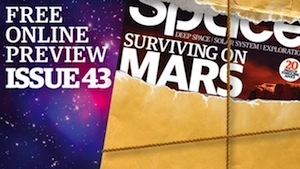 News
News
We have the complete guide to surviving the Red Planet (and the technology to help) in the latest issue of All About Space – out now!
[fototag id=”ganymedeland”]
Scroll over the icons for more information. Illustration by Adrian Mann.
Around Jupiter lurks Ganymede, one of the four Galilean moons and the largest natural satellite in the Solar System. In fact, with a diameter of about 5,270 kilometres (3,275 miles), it is larger even than the planet Mercury and has almost twice the mass of Earth’s Moon.
However, it is not the size of Ganymede that is of most interest. This giant moon, 640 million kilometres (400 million miles) from Earth, has an icy surface and might be hiding a saltwater ocean underground, while its atmosphere bears tantalising hints of oxygen and may even possess a thin ozone layer. For these reasons it has garnered a lot of interest for future exploration missions and one of those, Russia’s Ganymede Lander, could touch down on the surface in the next 20 years.
The Ganymede Lander would launch along with the European Space Agency’s Juipter Icy Moon Explorer (JUICE) spacecraft in 2022, arriving at Jupiter around 2030 after using gravitational assists to reach the giant planet. The collaboration would allow JUICE to scour Ganymede for a suitable landing site for the lander, although a separate Russian orbiter might also join the launch to provide a back-up option to find a landing site.
The lander itself would be a stationary vehicle, touching down on a region of interest on Ganymede to perform scientific analysis. A large antenna on the top would communicate with Earth, while numerous instruments including cameras and spectrometers would analyse the surrounding area. The main focus of the mission would be astrobiology.
This would be the first such mission ever attempted in the Jovian system. So far spacecraft have landed on Venus, the Moon, Mars and Saturn’s moon Titan; landing on Ganymede would mark the sixth body in the Solar System (including Earth) that humanity has left its mark upon.
The Ganymede Lander is still in a concept stage at the moment. Russia will spend up to $1 million (£650,000) on research and development for the spacecraft in 2014 to determine the feasibility of such a mission, with construction on the first prototypes to begin in 2017 if all goes to plan.
You can follow Jonathan on Twitter @Astro_Jonny
Take a look at Russia’s plan to land a spacecraft on the largest moon in the Solar System.
This huge next-generation launch vehicle could become Russia’s biggest modern rocket.
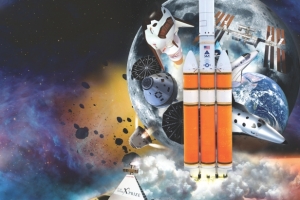 Space Exploration
Space Exploration
This timeline shows you the most exciting missions that will be taking place by 2023.
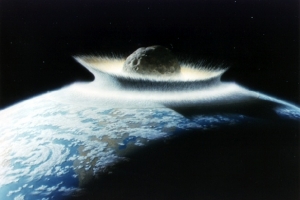 Solar System
Solar System
How would we stop an incoming asteroid from destroying our planet?
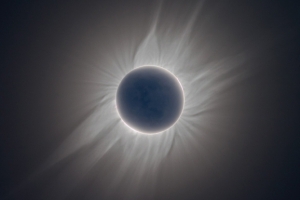 Solar System
Solar System
Do we need the Moon to survive, or could we make do without it? Read on to find out…